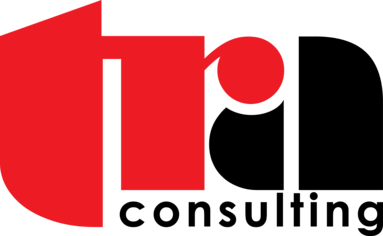If your company is just struggling to get off the ground, probably not. As valuable as a well-trained staff of IT professionals can be for an SMB, an in-house IT shop may not be in the cards – or the budget.
Let's explore the development of an IT infrastructure as it relates to the maturation of the company, so that you, the Tech Decision Maker for your organization, can be better prepared to make the early leaps in IT you must make in order to move your company forward.
We can't talk about outsourcing versus insourcing without first discussing a maturity model for IT. Most companies follow four stages of IT maturity as they develop. These four stages are:
- Reactive – The first stage of the maturity model. Also known as the "Break-Fix" model, aptly named because "if something breaks, we need to fix it…yesterday"
- Proactive – The second stage of the maturity model involves some sort of managed-IT. In this phase, resources are spent preventing issues and creating redundancies to prevent down-time
- Customer-Centric – The third stage of the maturity model involves the creation of multiple-levels of support. Usually a call-center AND desktop support staff
- Business-Centric – The final stage of the maturity model involves the aligning of the IT Department's business goals with the goals of the organization as a whole
Many SMBs remain in the first stage of the maturity model for far too long. This may be the result of the mindset of the organization as a whole; but more than likely, it happens because IT is more of an afterthought in the early years of the SMB. It is the most disruptive (to workflow) and the most resource-intensive (ratio of IT dollars to organizational budget) stage of maturity. When kept going for too long, it can cause unneeded stress to the organization as well as a bad case of indigestion to the IT person in charge of putting out fires.
Reactive IT is resource-intensive, yes; but in the formative years of the SMB, there can sometimes be no choice but to do business this way.
As your company develops, you should begin to think about ways to prevent fires from popping up. A good way to do this without the expense of hiring an IT professional in-house is considering a manged-IT contract with an organization that will guarantee response times and some sort of service level agreement in return for a set monthly fee.
In theory, managed IT contractors work to prevent IT issues before they appear. Usually, the SLA will involve:
- Some sort of monthly maitenance
- Coverage for labor to repair existing systems
- Alerting agents installed on workstations and/or servers in order to monitor network health
- Guaranteed hours per month onsite and remote
In practice, managed IT contracts are very effective in three ways:
- Many issues are repaired before they are noticeable. It is in the best interest of the provider to keep your systems operating in excellent condition remotely than having to spend time sending techs onsite.
- You have guaranteed levels of service. This means that you don't see dollars slipping through your fingers as a tech works away on a system on your premises.
- The organization is better able to budget for the monthly cost of IT. There are very few surprises.
Reactive versus Proactive. At a point in the organization's maturity, proactive IT actually becomes cheaper than reactive; and it happens sooner than most organizations think.
Back to in-house IT. If your organization has an IT budget of less than $80k/year, you may want to consider outsourcing your IT. In most cases, it can actually be done cheaper and more effectively from the outside.
Suggestion of the day: DO NOT outsource your company's IT to the Geek Squad, if you can help it.
We will leave the talk about Customer-Centric and Business-Centric IT for another discussion on another day.
TRA

